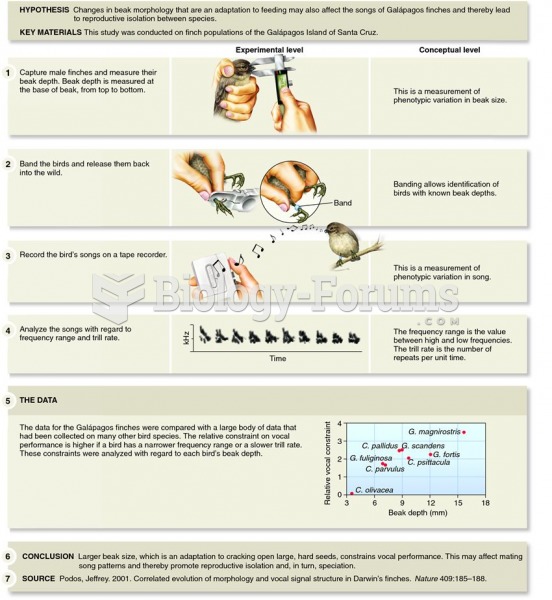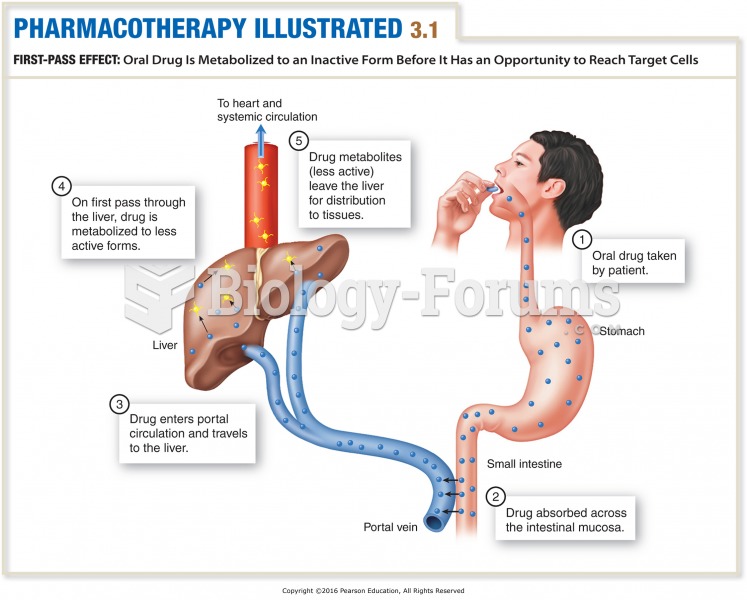This topic contains a solution. Click here to go to the answer
|
|
|
Did you know?
The average office desk has 400 times more bacteria on it than a toilet.
Did you know?
Blood is approximately twice as thick as water because of the cells and other components found in it.
Did you know?
More than 30% of American adults, and about 12% of children utilize health care approaches that were developed outside of conventional medicine.
Did you know?
On average, the stomach produces 2 L of hydrochloric acid per day.
Did you know?
There are 60,000 miles of blood vessels in every adult human.







